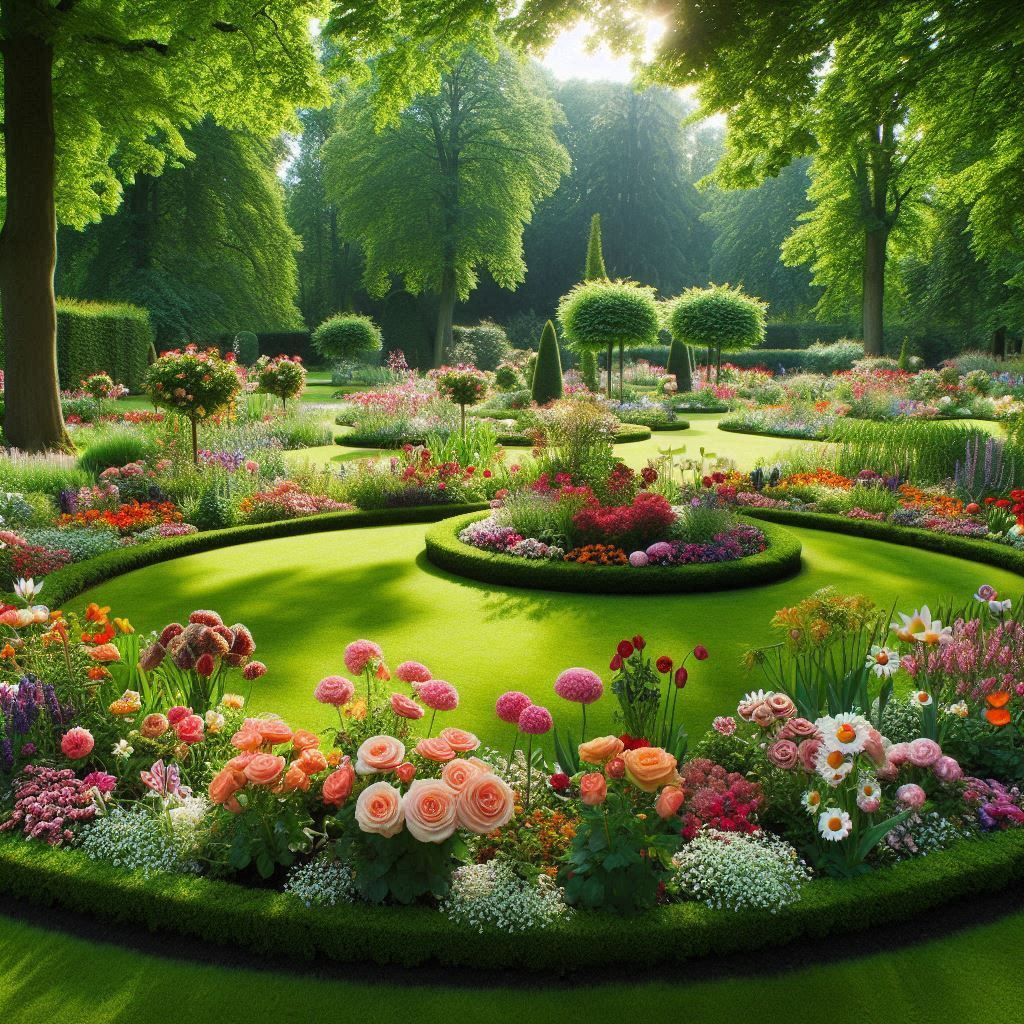Strips for beds made of asbestos cement sheets, chrysotile cement sheets, plastic and much more make it easier to work on the garden plot, in greenhouses, in farmyards and flower beds. These solutions are inexpensive, can be used for many seasons, and are quickly installed without the use of expensive accessories, equipment, or professional tools.
What are garden strips?
In a broad sense, strips are called sheet material, usually flat, which allows you to solve several problems at once:
- Forming a smooth edge and border of a flowerbed, garden bed, or greenhouse;
- Soil moisture retention, improved irrigation efficiency;
- Raising the flowerbed above the ground. This is useful in flooded areas, for faster start of plant growth after winter;
- Prevention of weed penetration through the root system into the beds;
- creating comfortable, convenient conditions for regular care of your household;
- Preventing pests (mice, insects, caterpillars)from entering the greenhouse or garden beds;
- Increasing the soil layer for further application of fertilizers, humus;
- On the sides it is convenient to attach trellises, seedlings, laces.

It is appropriate to use high beds when one or more plant species are cultivated in a permanent place. Then the summer resident can spend a little family budget, personal time, but make a long-term warm bed that will delight with early greenery, healthy bushes, and a large harvest.
What are the strips used for garden beds?
The most common materials are:
- Flat slate for garden beds;
- Wooden planks;
- Chrysotile cement strips;
- Wavy shale;
- Metal;
- Plastic.

Each of these materials has its own advantages and disadvantages. For example, wood can be considered the most environmentally friendly construction material, but even a processed board will last only a few seasons. Plastic and metal are hard to find in sufficient quantities for gardening, and the cost of such work will be very high.
A very profitable solution can be a DSP strip for beds, its advantages:
- Light weight, quick to install, sawing takes place with a conventional cutting tool (saw, jigsaw, grinder);
- It is not afraid of moisture, does not rot, does not burn;
- Durability.
Increasingly, household plots are improved with the help of DSP, and it is convenient to use this material for flowerbeds, beds, temporary and permanent fencing of planting areas.
Sizes of strips for beds
It is most convenient to use large-format sheets of material to be able to cut it without waste. For example, such crops as parsley, dill, beets, peppers, early tomatoes, high beds are better suited. If we are talking about root vegetables (carrots, potatoes, beets), it is better to give preference to low, but buried beds. This way you will protect them from pests and weeds and will be able to better control the nutrition of plants.
Alfatsem online store is ready to offer universal chrysotile cement strips specially designed for farming. Most popular sizes:
- Sheets 3000×300 mm, 1750×300 mm, 1500×300 mm-for long high warm beds;
- Sheets 3000×240 mm, 1750×240 mm, 1500×240 mm-for shallow and medium-height beds.
If you are planning a long-term use of strips for beds, it is better to give preference to sheets with a thickness of 8-10 mm, if in the first place you have savings, then sheets with a thickness of 6 mm will do.
Scope of application of strips for beds
It can be used in summer cottages, farms, for home improvement, for building flowerbeds, compost pits, germination of seedlings or early planting of plants in greenhouses.

To install the sheets, follow these steps::
- Pre-remove the soil layer (if necessary);
- Dig a trench to the depth of the installation of sheets;
- Secure the corners with a metal profiled corner or driven in bars;
- Drill holes in the strips and attach them to the support structures with screws, wire, or nails;
- Install irrigation pipes (if necessary);
- Perform backfill of the soil;
- Lay paths to the beds.
In this form, asbestos cement sheets, slate, and chrysotile cement lines can last from 10 or more years, depending on regular maintenance. These materials do not rot, they are not affected by corrosion, they perfectly tolerate frost. The only real threat to materials is mechanical pinpoint strikes with the tool. Therefore, some summer residents protect the perimeter of the strips with a metal corner or an ordinary board, a bar. This way you can safely dig up the soil, harvest crops, and cultivate the land.
Separately, it is important to mention the irrigation system. If you are building a warm garden bed, be sure to provide a watering scheme. Since the soil in such beds is raised higher, it dries out faster, which means that regular moisture will be needed to grow a decent crop. The easiest way is to bring drip irrigation or an ordinary polyethylene pipe to the beds during construction, which will be drained for the winter. Then simply connect a sprinkler or drippers for irrigation to these pipes through connectors or valves.